Creating a compelling adventure hook to entice your table is one of the most important cornerstones of any great Dungeons & Dragons campaign. While you may design your campaign to have grander arcs running throughout your storyline, making sure you have lures and hooks for each individual adventure is immensely helpful for keeping your campaign feeling fresh and exciting.

Related
Dungeons & Dragons: Tiers Of Play, Explained
Depending on the level of your adventuring party, you’ll want to tailor your tier of play to match. Here’s how.
So, how do you create the most compelling adventure hooks and plotlines for your campaign? Between crafting interesting NPCs, motivations, and subversions, there’s a lot to consider when it comes to capturing your players’ attention. Here’s how to make great adventure hooks.
What Is An Adventure Hook?
Put simply, an adventure hook is a plot beat that grabs the attention of your players, enticing them to pursue the thread of the adventure and possibly earn rewards. Here are some examples of adventure hooks.
- A noble hires the party to investigate a rival merchant.
- The city’s resident mage has gone missing and must be found.
- An ally of the party has been cursed, and an antidote needs to be created.
By themselves, these hooks introduce the key conflict at play for the quest, and a sense of stakes, both of which are incredibly important for creating great adventure hooks.

Related
Dungeons & Dragons: The Schools Of Magic, Explained
Here’s everything you need to know about The Schools of Magic in Dungeons & Dragons.
How To Create An Adventure Hook
While an individual adventure hook may seem simple on its face, creating a compelling adventure hook is more complex, and requires a few different elements.
Here’s a breakdown of how to create an adventure hook.
Not every element of the above table needs to be laid out in full detail to the party when you create your adventure hook.
But you’ll want to have a broad understanding of these elements so you know how to properly sell your party on the adventure, and make it sound tantalizing.
Subversion is an important part of any adventure hook and can help make your adventure sound more fun.
For example, you could just introduce a quest by way of a mercenary guild job posting, but what if you reveal that the mercenary guild is actually corrupt, and might be laying a trap for the party?
Introduction
Introductions are by far one of the most important elements in crafting a compelling adventure hook; you can think of this as the elevator pitch for the quest. You need to hook the party quickly and efficiently.
Here’s how to craft an introduction.
- Choose The Quest Source – Does an NPC give the party the quest? Does a dragon attack the city, therefore making the quest inherently clear?
- Give Players The Chance To Respond – Depending on the type of quest, give players a chance to either accept or deny the quest before they actually set off on their adventure.
NPCs
Next, you should determine and explain to your party what NPCs or key characters are involved in this quest. Do they have familiar NPCs involved? Or, are the members of the quest unknown?
Here are some examples of ways to thread NPCs into an adventure hook.
|
Adventure Hook |
NPC Thread |
|---|---|
|
A merchant has been captured by bandits. |
The merchant is the owner of a local magic shop that the party frequents. |
|
A child has gone missing on the streets of the city. |
The child is the offspring of a helpful mage who is allied with the party and is desperate to recover their child. |
|
A Beholder is terrorizing a small town. |
The small town is home to not only a party member but the party member’s entire family. |
By threading in a familiar NPC to the adventure hook, you can further incentivize party members to help.
You can, of course, also introduce new NPCs in adventure hooks. But, if you do so, you should make sure the NPC seems alluring in their own right so that the party is more enticed to help out.
Goal
Next, you’ll want to make sure the goal of the adventure is clear as this helps explain to the party what they’ll have to do. If the objective sounds fun, you’ll have a fun adventure hook.
Here are some examples of captivating goals for an adventure hook.
- The party must compete in a gladiator tournament to impress a king.
- The party must decode a cipher to gain access to a criminal syndicate.
- The party must organize a heist and infiltrate a corrupt merchant guild.
All of these goals sound fun on paper, which can make your table feel more inclined to pursue the adventure thread based on the description of the hook.
Conflict
Adding conflict to the description of the adventure hook is highly important because it informs your players whether or not they feel up to the task. This also feeds into the stakes of the adventure.
Let’s use the same goals we just listed above and add conflicts to them to make them more compelling.
- The party must compete in a gladiator tournament to impress a king, but they will be competing against a world-famous adventuring party.
- The party must decode a cipher to gain access to a criminal syndicate, but the cipher’s symbols can only be spotted under the cover of night.
- The party must organize a heist and infiltrate a corrupt merchant guild, but the party will only have three hours to complete their task before being discovered.
Adding these caveats and conflicts to the details of an adventure hook creates a sense of push-pull that can feel rewarding and enticing to players.
Stakes
Once you’ve got the conflict worked out, you will also want to explain to the party what the stakes are should they fail.
This adds emotion to the adventure hook, which, for good-aligned parties, can make them motivated to pursue the adventure.
Let’s again use the above examples and ascribe stakes to these missions.
|
Adventure Example |
Stakes |
|---|---|
|
Gladiator Tournament |
If the party fails, they will not impress the king, whose military aid they need to complete their grander quest. |
|
Decoding The Cipher |
If the party fails, the criminal syndicate will mark the party for dead, meaning the group will be pursued and hunted relentlessly. |
|
Merchant Guild Heist |
If the party fails, the corrupt merchant guild will organize a coup of the local governing body, thus making the city no longer safe for the party. |
Remember that adding stakes is especially important because it lets the party know that their actions and decisions matter, which is imperative for any Dungeons & Dragons campaign.
Rewards
Rewards are always important, but they’re especially important if your party doesn’t seem to be motivated by noble intentions.
If your party seems to prefer payment upfront, or the promise of treasure, make sure you make the rewards clear to them so that they still feel motivated to take on the adventure.
Here are some examples of meaningful rewards to provide players as part of any adventure hook.
- Treasure – Gold, Silver, Copper pieces, and other treasure items.
- Magic Items – Powerful magical artifacts for spellcasters and non-spellcasters to use.
- Weapons & Equipment – Enhanced weapons and equipment that can improve the party’s power.
Rewards can be generic, but it’s also helpful if the item is specifically important to the party or one character.
For example, a reward for completing a quest could be a player character’s family ring, which has been lost for decades and needs to be restored to its rightful owners.
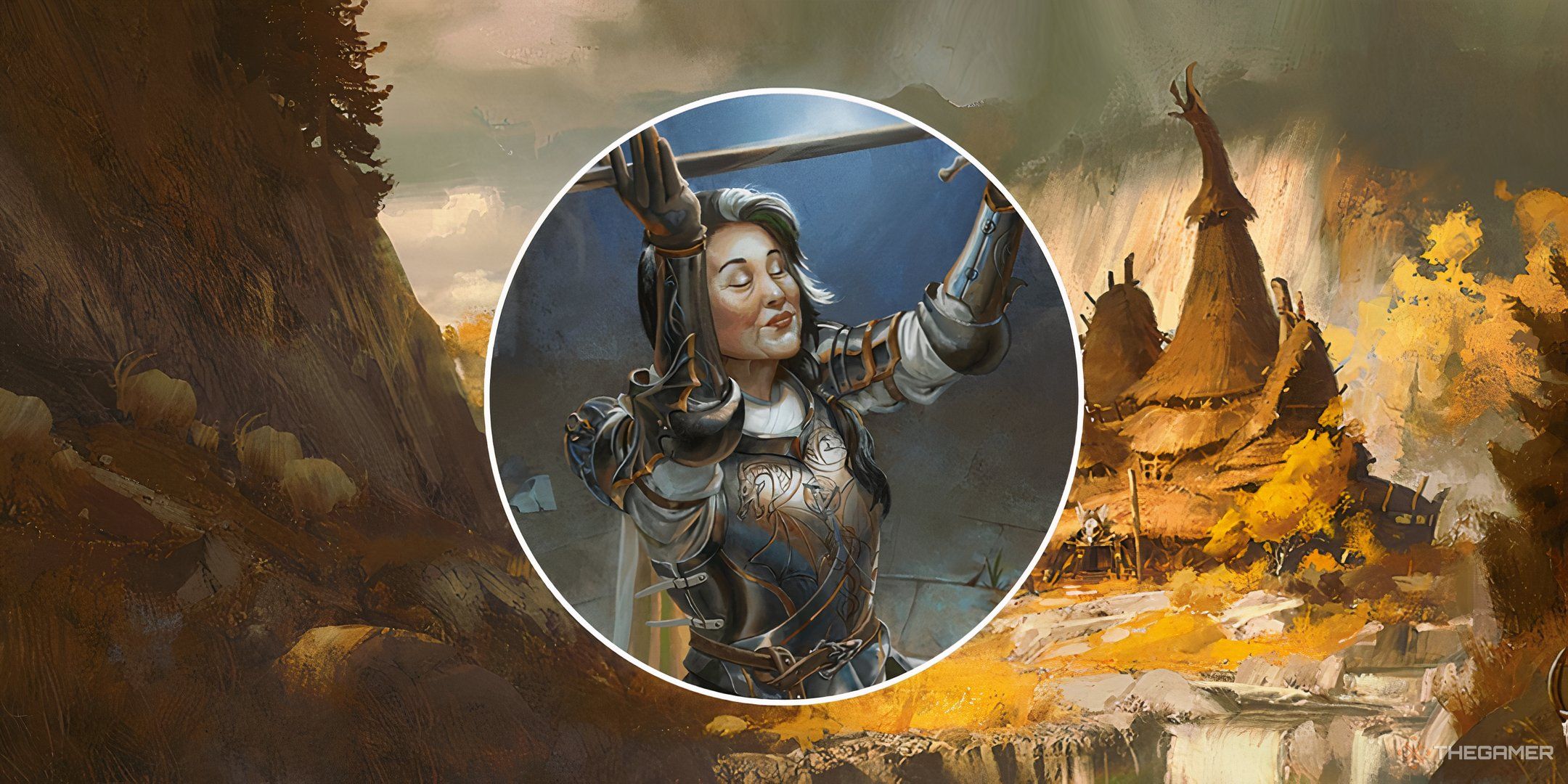
Next
Dungeons & Dragons: How To Maximize Healing Without Spells
Need to heal your party, but don’t have any spells left? Here’s how to maximize your healing output without magic in Dungeons & Dragons.


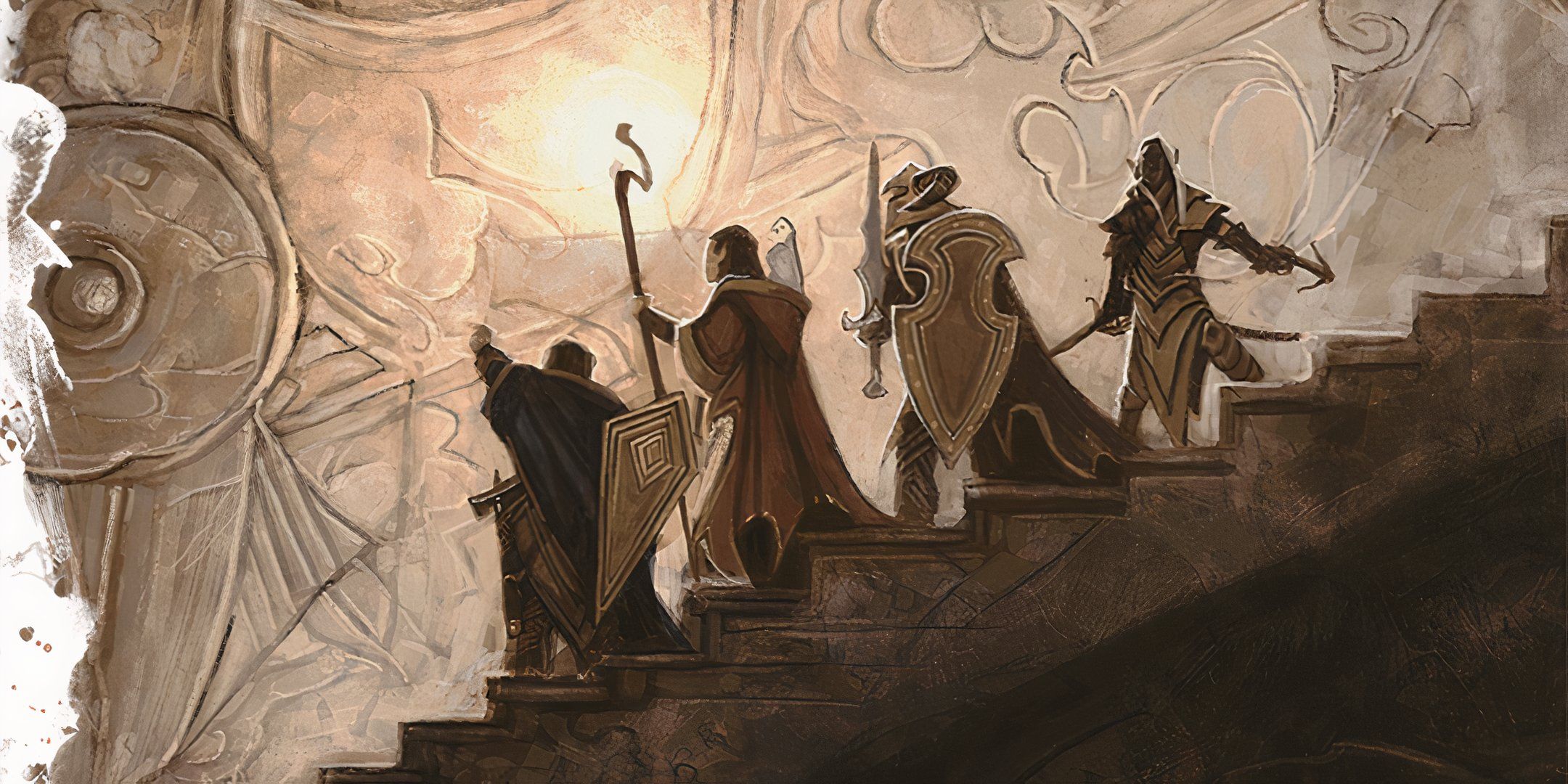
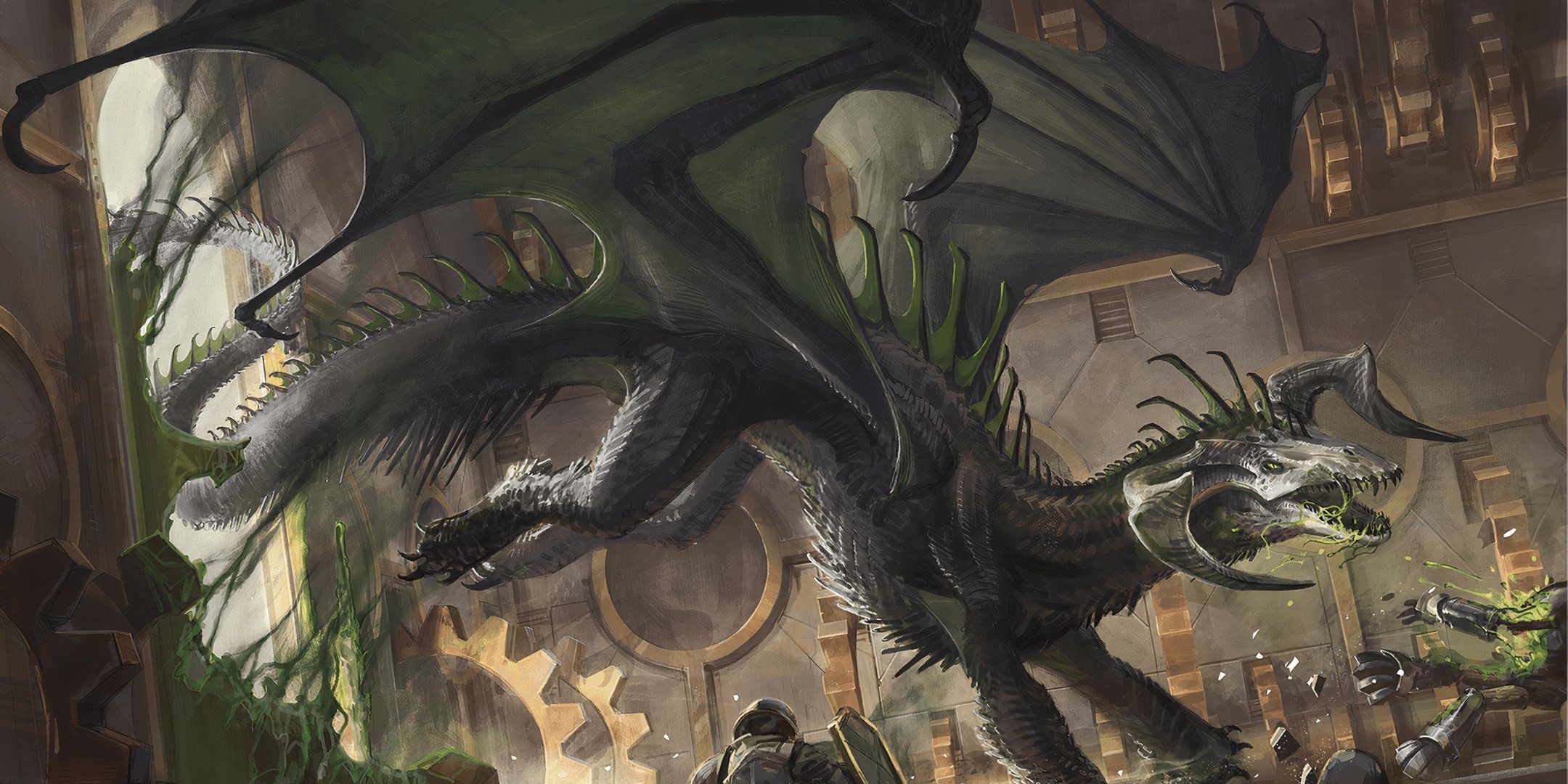
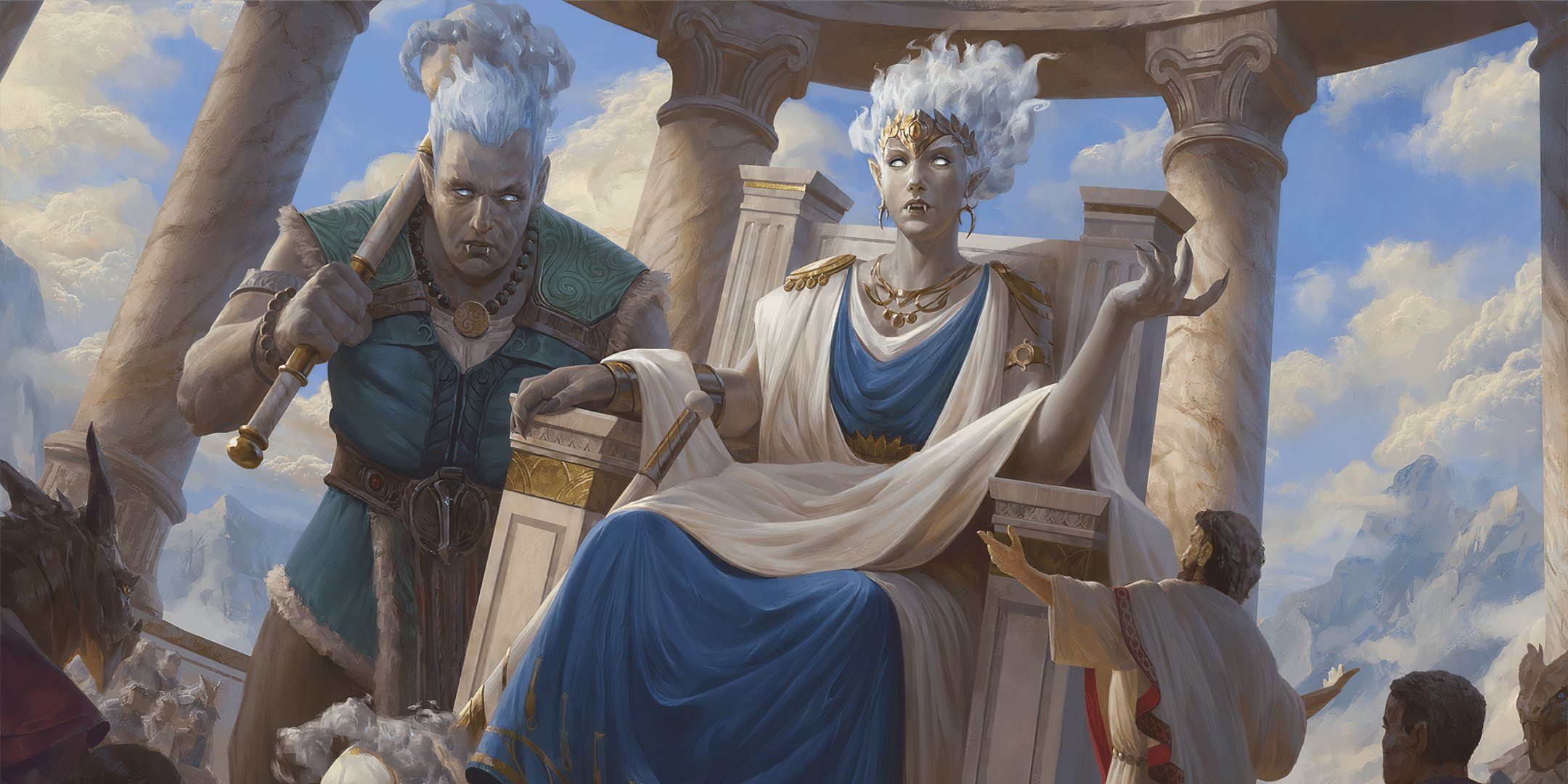

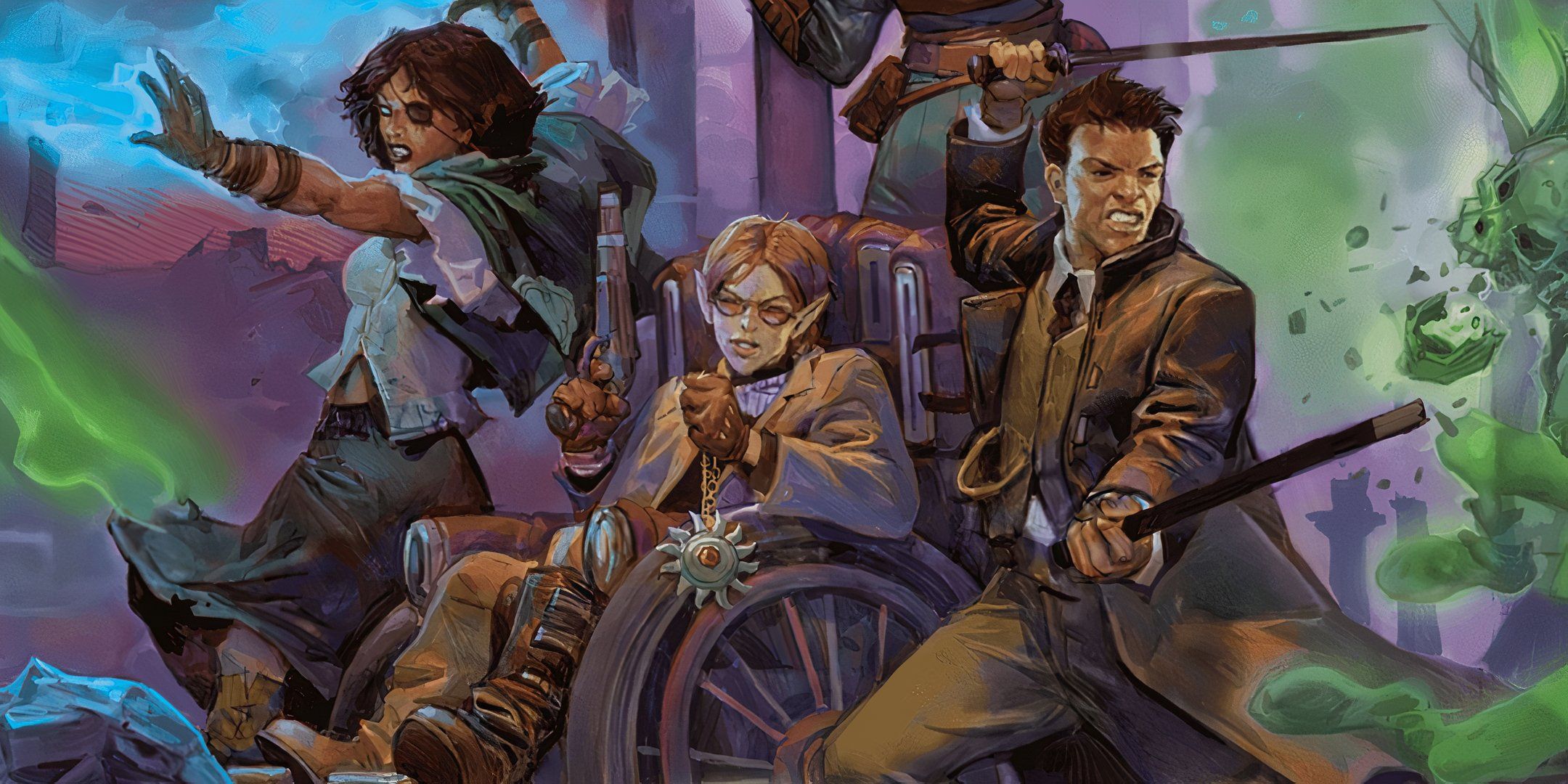

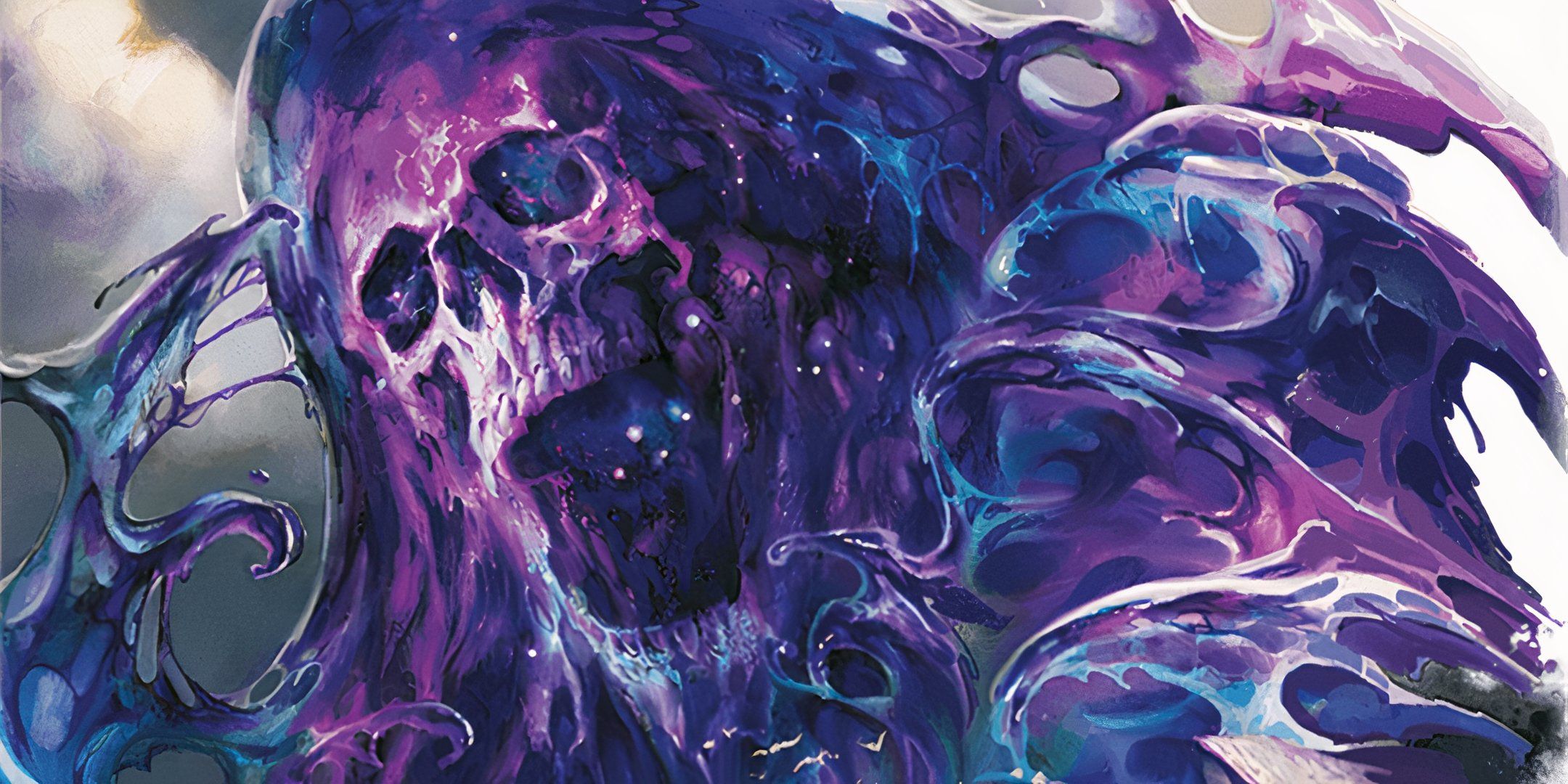
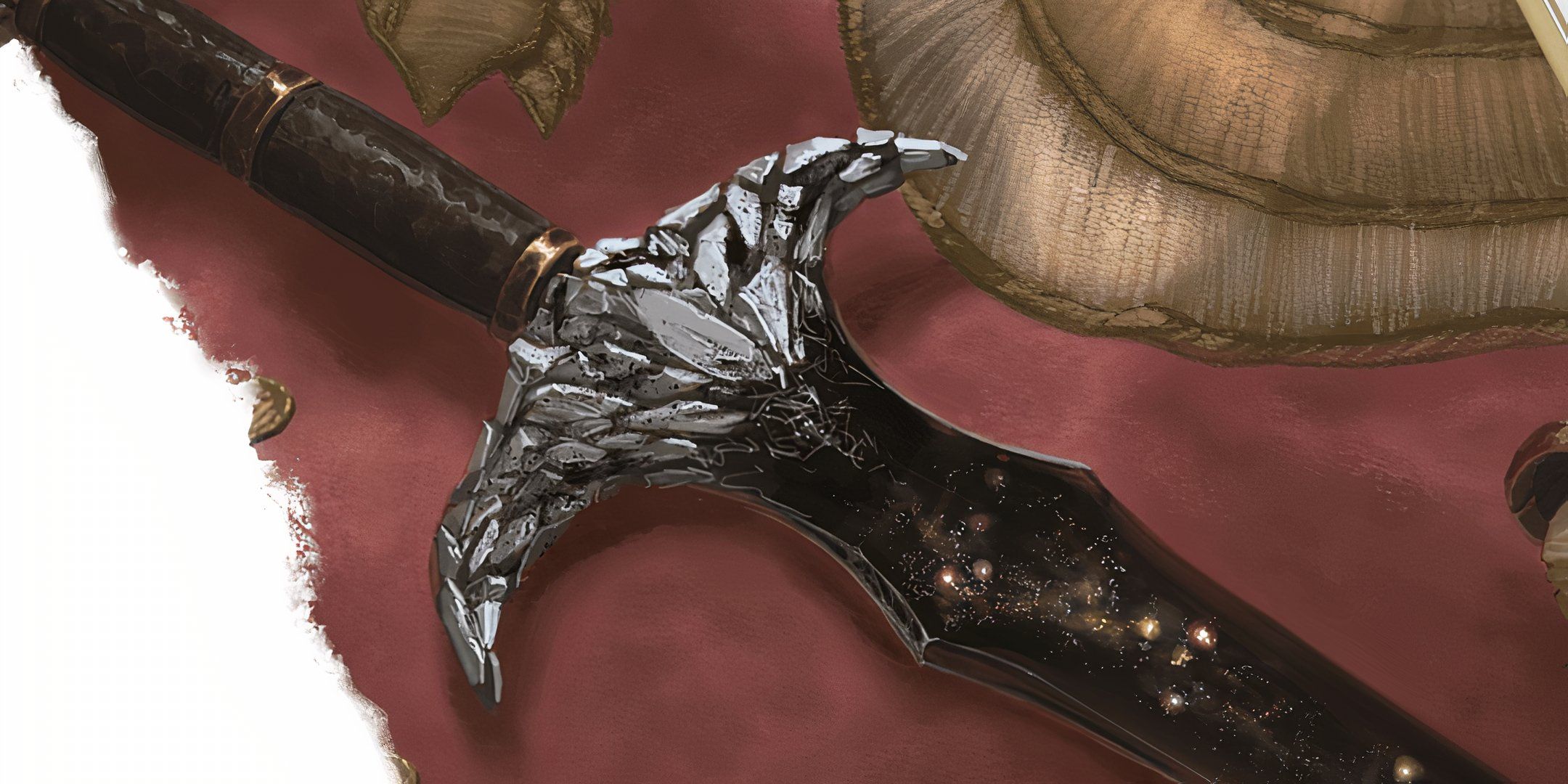



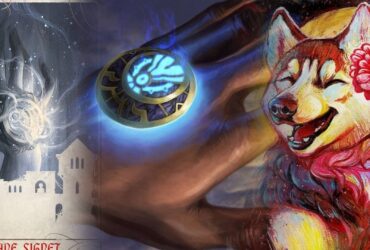
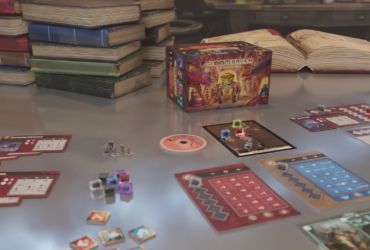
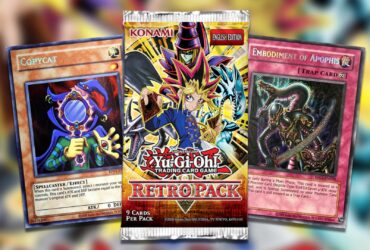



Leave a Reply